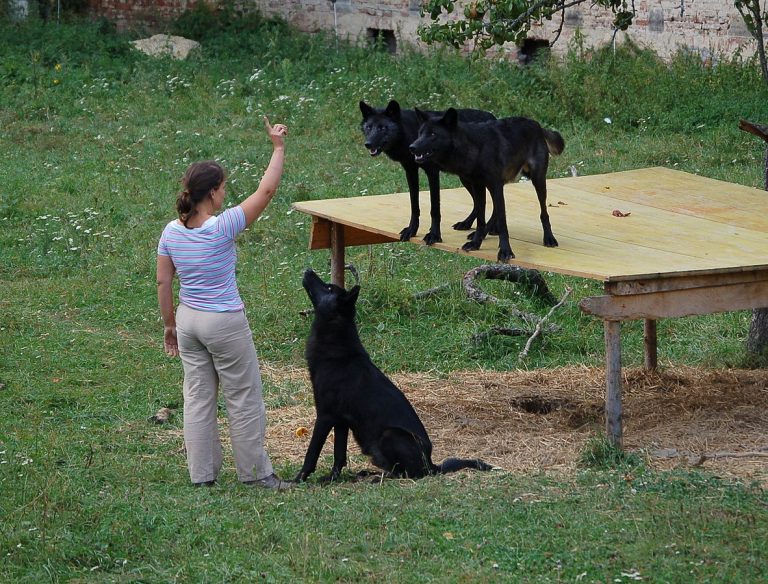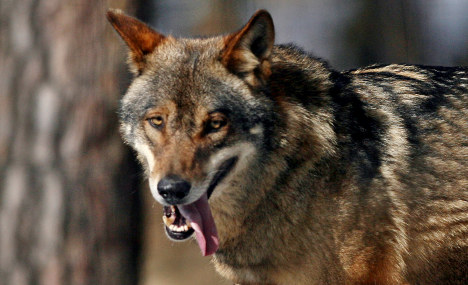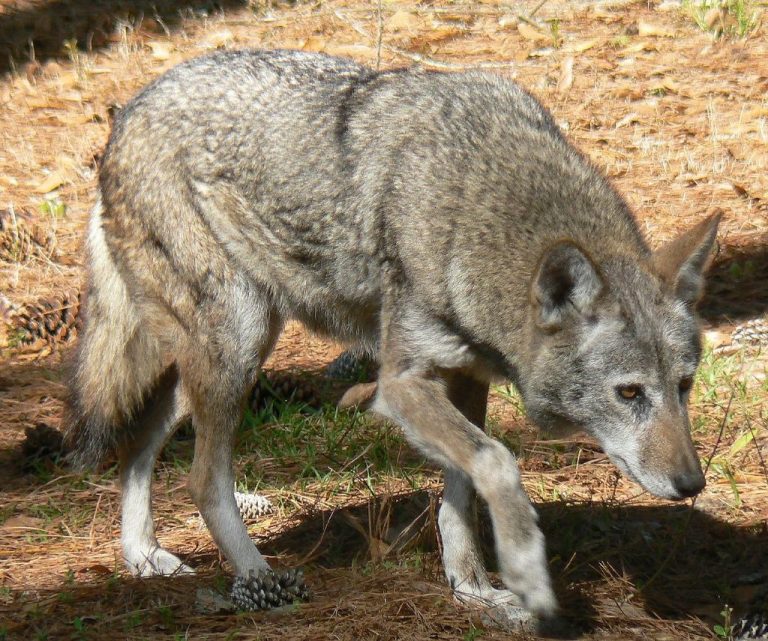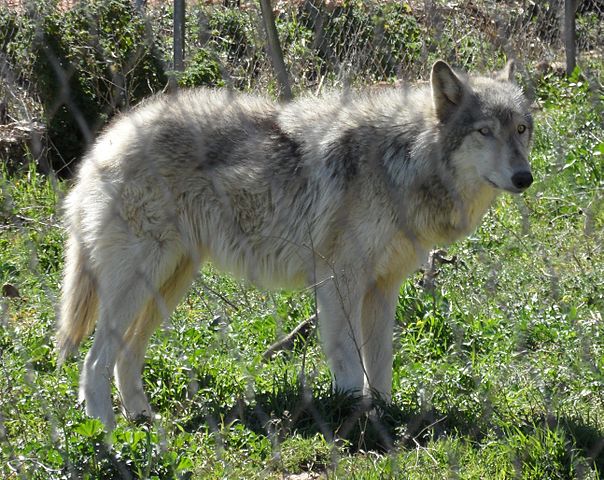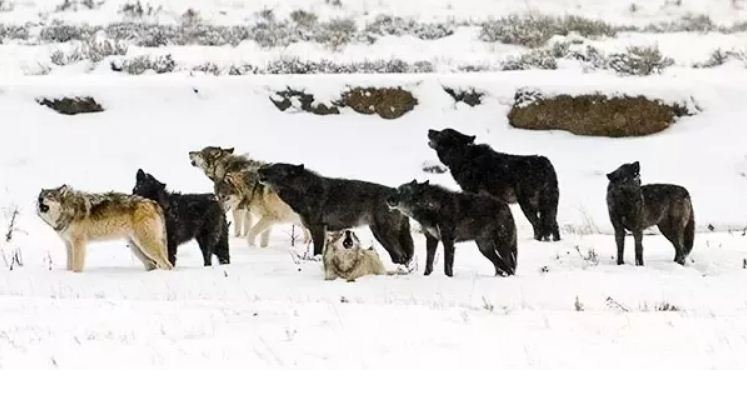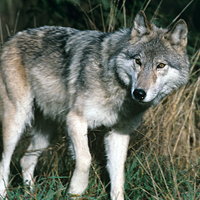15 Of The Most Common Wolf Questions Answered
Get all the answers to the most common Wolf Questions here.
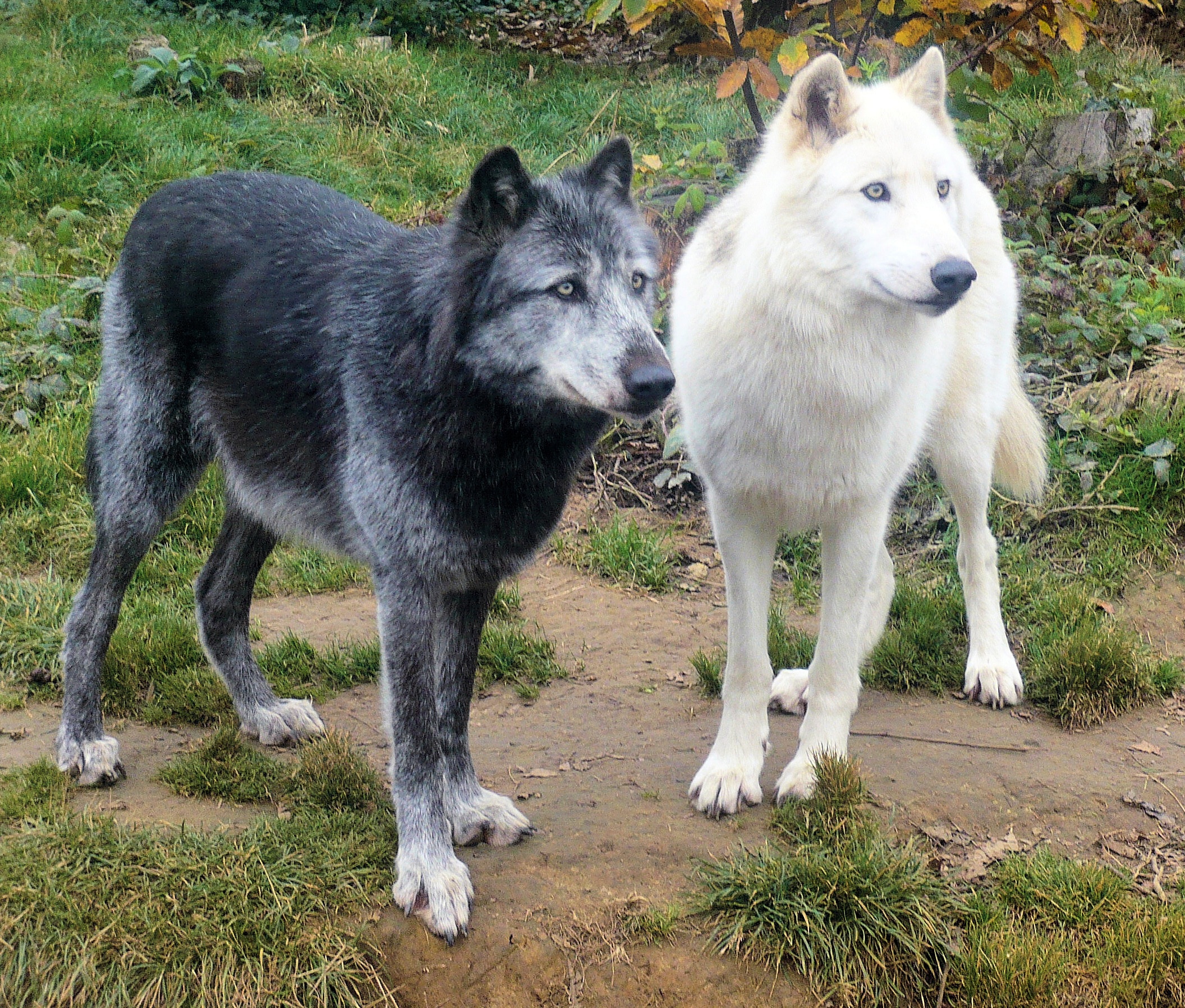
There’s still so much misinformation about wolves out there. But if you’re looking for the facts and nothing else, then you’ll need to read this.
Below are 15 of the most common Wolf Questions that people frequently ask along with their answers.
15 Of The Most Common Wolf Questions Answered.
1) How many types/species of wolves exist on Earth today?
There are four species of wolves worldwide today. They are: the gray wolf (Canis lupus), the red wolf (Canis rufus), the Ethiopian wolf (Canis simensis), and the recently discovered African Golden wolf (Canis Anthus).
There are also several subspecies scattered across almost every continent on Earth.
2) How many wolves are there in a pack?
Anywhere from just two to about ten including the alpha male and female. Though in locations with abundant prey, you may find pack with more than 20 individuals.
3) How large is one pack’s territory?
They vary in size greatly depending on factors like availability of prey and the size of the pack.
A typical wolf pack territory can be anywhere from 200 to 500 square miles.
4) What does Alpha, Beta, and Omega wolf mean?
Every pack has a hierarchy or “ranking” that looks like the following:
Alpha: A male and/or female individual that leads the pack.
Beta: The wolf next in line to replace the alpha if something happens to it.
Omega: The lowest ranking member of the entire pack.
Subordinate: Includes every other member of the pack.
You can read more about wolves and the pack mentality here.
5) What happens in a pack if the Alpha is killed?
The scenario varies greatly depending on cause of death and the size of the pack. Usually, if there are still enough members of the pack left, the beta would take over as the new Alpha.
If both breeders were to die, the pack likely dissolves or individuals will merge with other packs.
6) What is a lone wolf?
When a wolf leaves its pack it becomes a lone wolf.
There are many reasons for this: sexual maturity, aggression from dominant wolves, or an old Alpha that can no longer lead the pack.
A wolf could also become mistakenly separated from its pack after a hunt or a fight with another pack.
A lone wolf must always be careful not to stray into enemy territory as that could mean instant death.
7) How long do wolves live for?
There is no simple answer to this one because wolves, especially in the wild, are subject to so many factors that impact their survival. Nevertheless, in ideal conditions they could live up to 15 years or more in captivity but much less in the wild.
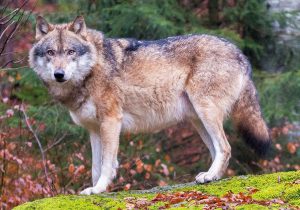
8) How fast do wolves run?
When trotting leisurely, they attains speeds of averagely 5 mph, but they can go as fast as 36 to 38 mph for very short bursts when hunting.
9) Why do wolves howl?
Wolves howl as their main form of communication. They howl to assemble the pack, keep away competitors, defend their territory, attract mates, etc.
10) How do I identify a wolf for sure?
It can be difficult to identify a wolf especially at a distance or at night. Also, many reported sightings in North and South America are actually coyotes and wolf-dog hybrids.
To distinguish between wolves and coyotes, note the following: wolf species like the gray wolf are about double the size of a coyote. Wolves have more rounded ears, and a broader, shorter snout, while coyotes have a narrow more pointed nose.
Also, they howl differently. While wolves make a long drawn out sound, coyotes produces a shorter, yapping howl.
For wolf-dog hybrids, it’s almost impossible to distinguish them by sight and the best option is sometimes DNA testing.
11) Do wolves kill people?
Of course like most other large terrestrial carnivores, wolves can easily injure and kill a human. However, that doesn’t mean they always do by default.
Modern day wild wolves have a general fear of people and they will avoid them. Although the danger and likelihood of attack may increase where the wolves are already habituated to humans. Also, people with domestic dogs in their company must be extra cautious.
Interestingly, Eurasian wolves exhibit more aggression to humans than those in North and South America.
12) What’s the bite force of wolves?
Adult wolves have a bite force 398 pounds of pressure per square inch. This allows them to crush through bone right to the marrow with their powerful jaws. In comparison, a domestic dog has a bite force of 320 pounds per square inch and a human 120 pounds per square inch.
13) I noticed wolves attack dogs. Why is this the case?
Yes wolves do attack and frequently kill dogs. And there’s a reason for that. Remember that dogs are descended from the gray wolf, so wolves still view dogs as competitors and territorial intruders and they will treat them as such.
If you live in or are visiting wolf territory, it would be best to keep your dogs locked up especially at night. It’s also critical that your domestic dogs are trained not to chase or approach wolves and other wildlife.
Note that wolves will be more drawn to approach you if you have your dog with you. When hiking it would be best to leave dogs at home.
14) How do I handle an aggressive wolf?
Firstly, don’t run or turn your back to it. Instead, stand your ground wave and yell at it.
Secondly, noise makers like air horns and very loud whistles are effective at scaring them off. Bear spray also works very well. Retreat slowly still facing the wolf and climb a tree if you can.
Next, if the wolf does attack you may have to use firearms if all else fails.
15) I live in wolf habitat. How do I discourage wolves from approaching my home?
No doubt, there are potential risks when living in wolf country. Like with other wild animals, ensure you dispose of food properly everyday.
Also, if you have dogs you must take every precaution to protect them in sturdy housing especially at night.
Clearing wild vegetation close to your home will also reduce possible concealment for curious or hungry wolves.

